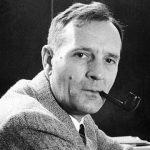
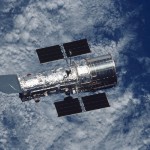 It is so easy to focus on our own little planet, or our own little space, but the reality is that outside of our atmosphere, there is a huge space that makes us look like a speck of dust…if that. In centuries past, people could see the sun and the stars, and I suppose they considered the fact that there might be something else out there, but since they really had no way of viewing it better than using the naked eye, they just thought that it was what it was…somewhat like a curtain with holes poked into it, and they really didn’t ever expect to see anything more. Still, somewhere along the way, someone thought it might be possible to see further into the sky that just the few stars that were visible. Inventions came about to aid the people in seeing into the great beyond.
It is so easy to focus on our own little planet, or our own little space, but the reality is that outside of our atmosphere, there is a huge space that makes us look like a speck of dust…if that. In centuries past, people could see the sun and the stars, and I suppose they considered the fact that there might be something else out there, but since they really had no way of viewing it better than using the naked eye, they just thought that it was what it was…somewhat like a curtain with holes poked into it, and they really didn’t ever expect to see anything more. Still, somewhere along the way, someone thought it might be possible to see further into the sky that just the few stars that were visible. Inventions came about to aid the people in seeing into the great beyond.
One man who had a vision to be able to see what was out there, was Edwin Hubble. Edwin wanted to learn about space from the time he was a young boy. He said, “I knew that even if I were second or third rate, it was astronomy that mattered.” He knew that he simply couldn’t do anything else. That kind of 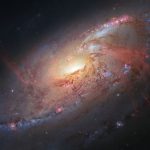
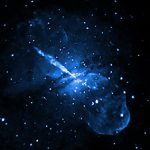 determination makes a person great, and he was determined. Hubble’s work was something his father didn’t understand, and didn’t want him to do, in fact making him promise to be a lawyer. Hubble tried, but his heart just wasn’t in it. He also worked as a teacher of Spanish, Physics, Mathematics, and coached basketball. His popularity as a teacher is recorded in the school yearbook dedicated to him: “To our beloved teacher of Spanish and Physics, who has been a loyal friend to us in our senior year, ever willing to cheer and help us both in school and on the field, we, the class of 1914, lovingly dedicate this book.”
determination makes a person great, and he was determined. Hubble’s work was something his father didn’t understand, and didn’t want him to do, in fact making him promise to be a lawyer. Hubble tried, but his heart just wasn’t in it. He also worked as a teacher of Spanish, Physics, Mathematics, and coached basketball. His popularity as a teacher is recorded in the school yearbook dedicated to him: “To our beloved teacher of Spanish and Physics, who has been a loyal friend to us in our senior year, ever willing to cheer and help us both in school and on the field, we, the class of 1914, lovingly dedicate this book.”
While Edwin Hubble’s father may have thought his son had made a terrible mistake, and that he was even one can short of a six-pack, Edwin Hubble knew that there was more to see out there, and he simply couldn’t sit idly by and miss God’s big show. In October 1923 he spotted what he first thought was a nova star flaring up dramatically in the M31 “nebula” in the constellation of Andromeda. After careful examination of photographic plates of the same area taken previously by other astronomers, including his greatest scientific rival, Harlow 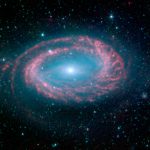
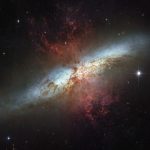 Shapley, who thought that the Milky Way was the end of the universe, he realized that it was a Cepheid star. On December 29, 1924, all of his hard work came to fruition, when he made another startling find…all galaxies seemed to be receding from us with velocities that increased in proportion to their distance from us…a relationship now known as Hubble’s Law. On this day, December 30, 1924, Edward Hubble was finally able to make the announcement that would make his a household name…that the universe was not static, but ever expanding and that there were many other galaxies out there.
Shapley, who thought that the Milky Way was the end of the universe, he realized that it was a Cepheid star. On December 29, 1924, all of his hard work came to fruition, when he made another startling find…all galaxies seemed to be receding from us with velocities that increased in proportion to their distance from us…a relationship now known as Hubble’s Law. On this day, December 30, 1924, Edward Hubble was finally able to make the announcement that would make his a household name…that the universe was not static, but ever expanding and that there were many other galaxies out there.


Leave a Reply